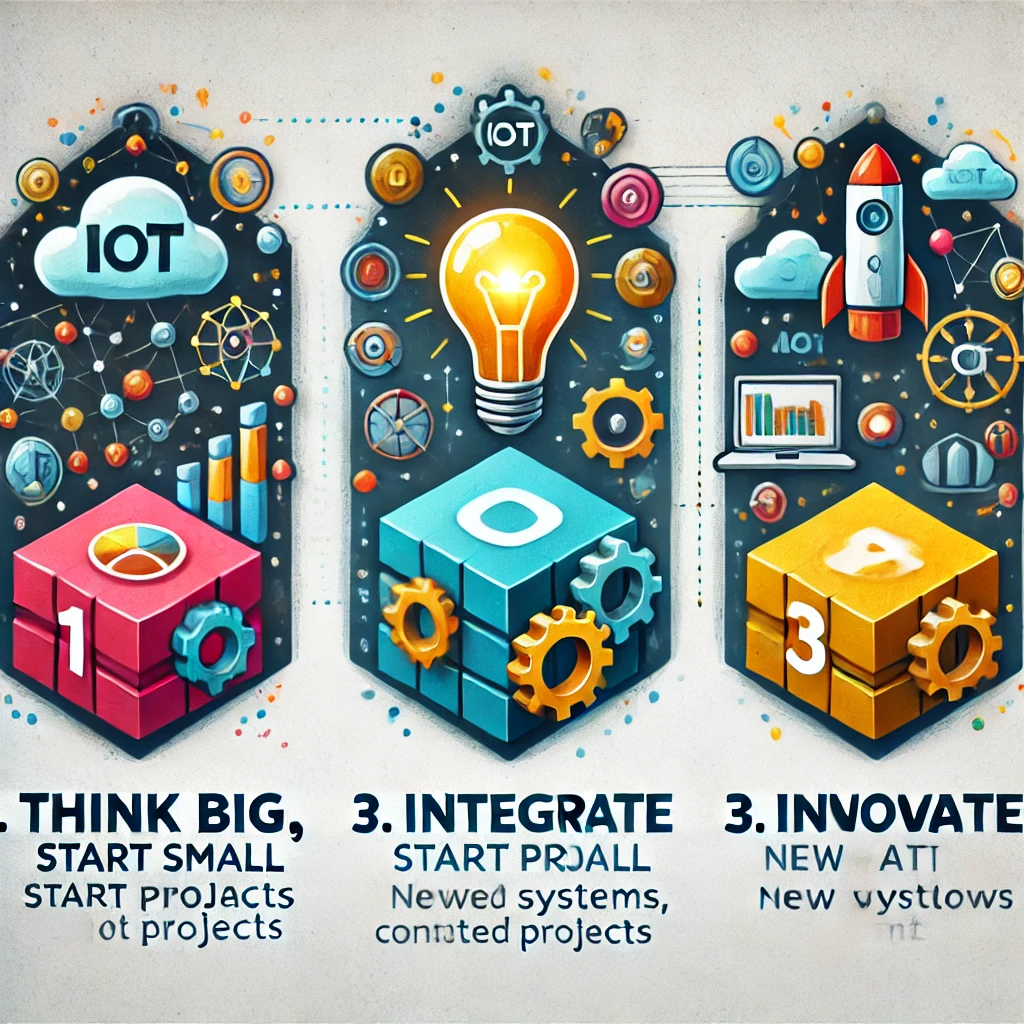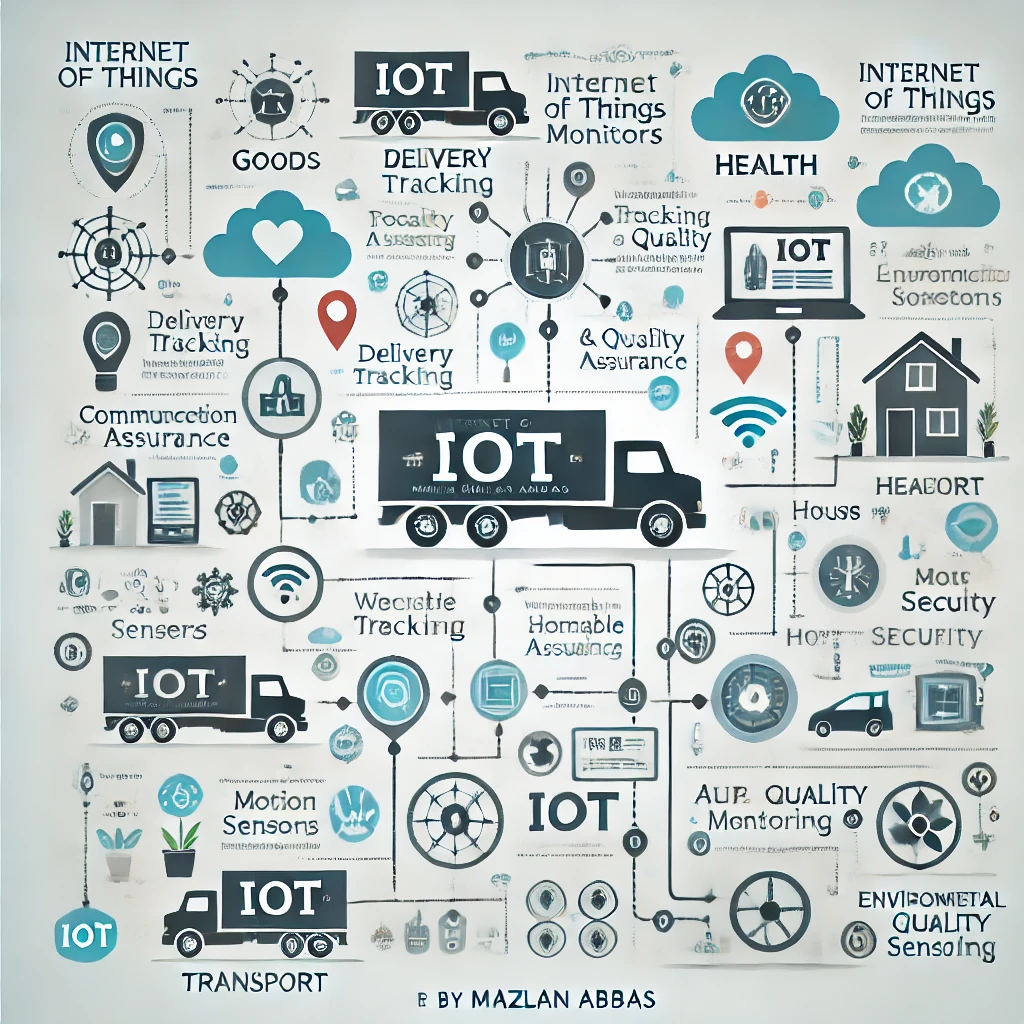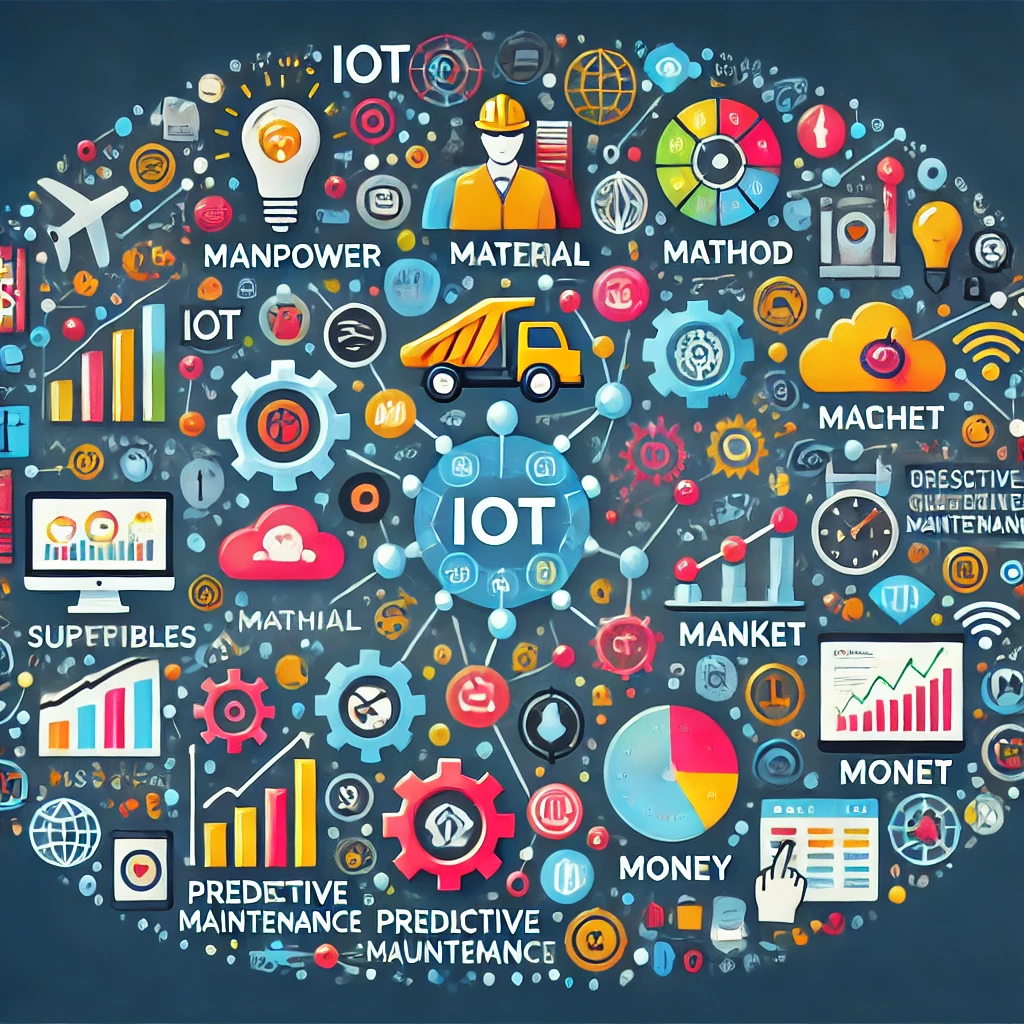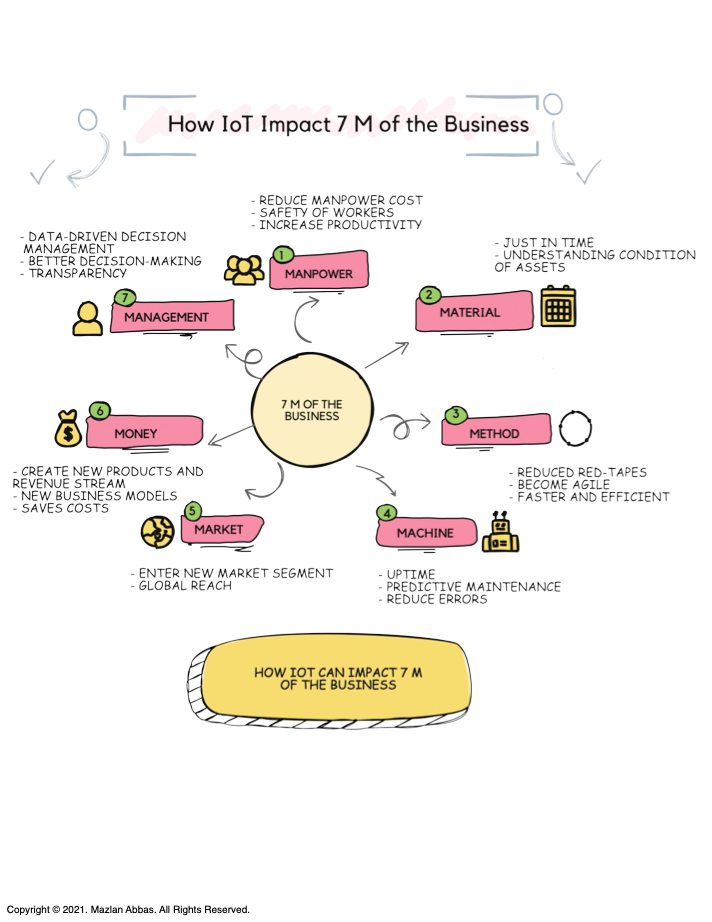
Building IoT with the 3-Step Approach
January 4th, 2025 Posted by favoriotadmin BLOG 0 thoughts on “Building IoT with the 3-Step Approach”Today, we will explore a simple and practical framework for implementing IoT projects: the 3-Step Approach.
This method ensures a smooth and effective rollout by focusing on small steps, integration, and innovation. Let’s break it down step by step.

Step 1: Think Big, Start Small
The first step is to start with a clear vision (think big) but begin with a small, focused project to gain momentum.
Develop a Small Application: Identify one specific problem and build a targeted solution.
- Example: A smart thermostat to monitor energy usage in one building rather than an entire campus.
Deliver Immediate Impact: The solution should show quick results to build confidence in IoT’s value.
Mindset Transformation: This small success shifts how people perceive IoT and its potential.
Get Buy-In from Leadership: Demonstrating early results helps secure support from decision-makers like the C-suite executives for future projects.
Step 2: Integrate
Once the initial IoT solution proves its value, it is integrated into the broader system.
Connect to Legacy Systems: Ensure the new IoT solution works seamlessly with existing infrastructure, such as ERP systems or older databases.
- Example: Integrating smart sensors into a factory’s traditional production line.
Seamless Workflow: Avoid disrupting operations by designing smooth processes between old and new systems.
Break Silos: Encourage collaboration between departments to maximise the benefits of IoT across the organisation.
This step ensures that IoT doesn’t operate in isolation but becomes a part of the larger ecosystem.
Step 3: Innovate
The final step is to use IoT to drive innovation and create new opportunities.
Create New Workflows: Leverage IoT to optimise or redesign how work is done.
- Example: Using real-time data from IoT sensors to automate maintenance schedules.
Test New Business Models: Experiment with different ways to generate revenue using IoT solutions.
- Example: Offering predictive maintenance as a subscription service for customers.
Better Analytics and AI: Use advanced analytics and AI to unlock deeper insights from IoT data and automate decision-making.
This stage transforms IoT from a problem-solving tool into a driver for long-term growth and innovation.
Key Takeaway: Think Big, Start Small
The overall lesson is simple:
- Start with a big vision, but focus on small, impactful projects to get started.
- Build on early successes by integrating solutions into larger systems.
- Use IoT to innovate and create new opportunities.
This approach minimises risk, builds momentum, and ensures sustainable growth.
Let’s discuss: What small IoT applications can you think of to start with? How would you scale and integrate them into a more extensive system? Let’s brainstorm together!



